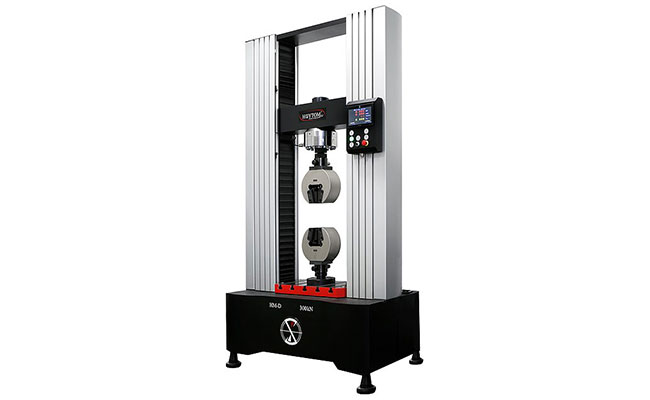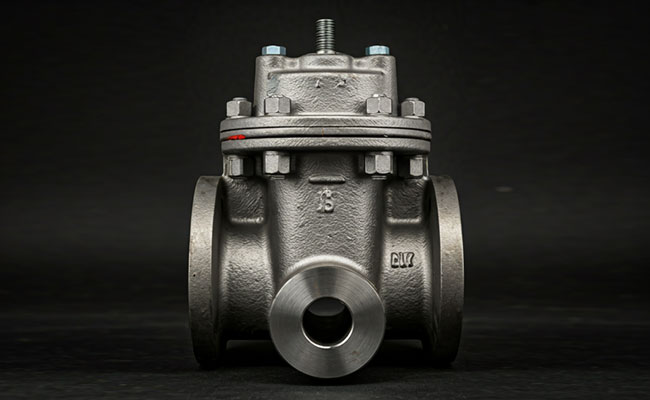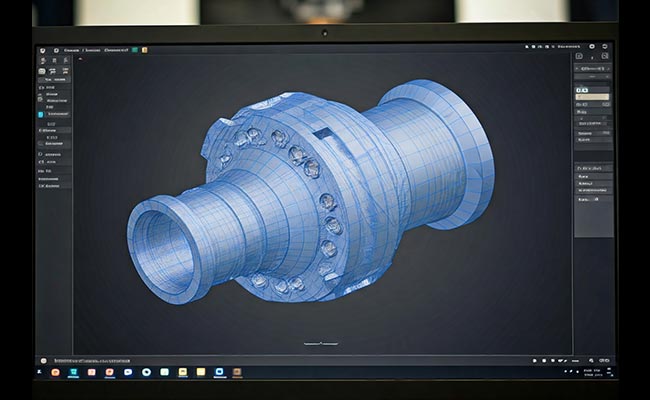
Exploring the Steps of Forging
2024-02-21
Our Machining equipments
2024-03-15Testing equipment for casting typically includes instruments and tools to assess the quality, integrity, and properties of cast materials. Here are some common types of testing equipment used in the casting industry:
- X-ray Machines: X-ray machines are used to inspect the internal structure of castings for defects such as porosity, inclusions, and cracks. This non-destructive testing method provides valuable information without damaging the casting.
- Ultrasonic Testing Equipment: Ultrasonic testing uses high-frequency sound waves to detect internal defects in castings. It’s particularly useful for identifying flaws like voids, cracks, and inclusions.
- Magnetic Particle Inspection (MPI) Equipment: MPI involves magnetizing the casting and applying ferromagnetic particles to reveal surface and near-surface defects such as cracks. It’s commonly used for ferrous materials.
- Dye Penetrant Inspection (DPI) Kits: DPI involves applying a colored dye to the surface of the casting. The dye penetrates surface-breaking defects, and excess dye is then removed and a developer applied to make defects visible.
- Visual Inspection Tools: These include magnifying glasses, borescopes, and microscopes for inspecting surface finish, dimensions, and other visible characteristics of the casting.
- Hardness Testing Machines: Hardness testers measure the hardness of the casting material, which is crucial for ensuring it meets specified mechanical properties.
- Tensile Testing Machines: Tensile testing equipment assesses the strength and ductility of cast materials by subjecting them to tension until failure occurs. This helps determine mechanical properties like ultimate tensile strength and elongation.
- Metallographic Equipment: Metallography involves preparing samples of the casting material for microscopic examination. This can reveal details about the microstructure, grain size, and any defects present.
- Chemical Analysis Tools: These tools, such as spectrometers and chemical analyzers, are used to determine the chemical composition of the casting material, ensuring it meets specified requirements.
- Dimensional Measurement Devices: Calipers, micrometers, coordinate measuring machines (CMMs), and laser scanners are used to verify dimensional accuracy and adherence to design specifications.
- Pressure Testing Equipment: Pressure testing is employed to verify the integrity of castings intended for applications involving pressure, such as valves or hydraulic components.
- Surface Roughness Testers: These devices measure the roughness of the casting’s surface, which is important for applications where surface finish is critical.
These testing equipment types may vary depending on the specific requirements of the casting process, the material being cast, and the industry standards applicable to the finished product.




